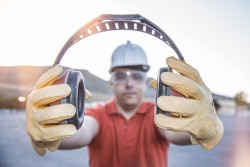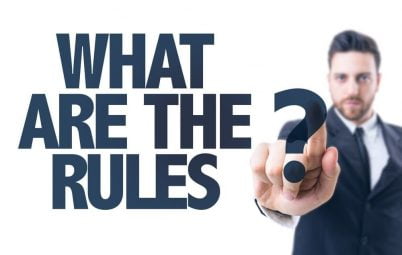Compensation for Noise At Work Causing Deafness
In this brief article written for non-solicitors and lawyers, the deafness compensation claim solicitors discuss the high profile test cases in the Nottinghamshire and Derbyshire Areas where many deafness compensation claims were being considered. Ten test cases were selected in the High Court fro Trial. All of the claims had three things in common:
- Noise at work.
- Possible deafness claims to employees
- Employers were in the ‘textile’ industry.
The Law Relating To Deafness Compensation Claims
Generally in any type of industry where employees are exposed to significant noise there is likely that hearing loss and consequently deafness may arise to its employees. If hearing damage occurs then compensation for deafness can be made by expert solicitors who specialise in this area.
Since 1963, (when “Noise and the Worker” was published to advise employers about the dangers of noise) any employee exposed to excessive noise at work can claim for deafness compensation against his or her employers even if the employer has gone bust. Since 1963 there was also the 1972 Code of Practice which provided a greater detailed analysis of safe levels of exposure to noise. Further and important pieces of law was passed with the Noise At Work Regulations 1989 and more recently the Control of Noise At Work Regulations 2005 which provides once again greater clarity on noise levels and risk to hearing.
Safe Level of Noise to Claim Deafness Compensation
Since 1963 the general rule was that noise above 90 dB(A) decibels over a standard shift work for many years would give rise to a industrial deafness claim for compensation. However there are many factors that can change this general rule such as:
- If the noise is very loud, exposure giving rise to hearing damage can be a ‘one off’ occasion, such as an ‘explosion’ or hearing loss may occur within weeks rather that months or years.
- Each person is different, some may be more susceptible to noise damage than others.
As further technical data has come to light since 1963 the relationship between noise and damage causing hearing loss has become understood to the extent that noise above 85 dB(A) is now a safer limit.
The Textile Deafness Compensation Claims
Here the deafness claim solicitors argued that a lower limit of 80 dB(A) should be adopted by the court. If the Court accepted this contention then it would mean more employees experiencing hearing loss due to noise could claim. There have been case law where compensation has been payable for noise levels below 90 dB(A) see Cropper v Ford Motor Company / Harris v RBR (2005) these cases have turned on the specialist knowledge of the employer about the dangers of noise at work, which knowledge cannot be passed onto employers as a whole: see also case of Stokes v Guest Keen & Nettlefold Ltd [1968] Lord Swanwick J.
In this case (a more detailed analysis can be found in the advise by A John Williams, Textile Industry Deafness Claims) all but one of the 10 test cases failed. It appears that the Claimant solicitors knew that a lot of the noise experienced by their clients were below the generally accepted level of 90 dB(A) and thus tried to convince the courts to adopt the lower level of noise in order to prove the claim.
Advice on Noise and Deafness Compensation At Work
Anyone wishing to speak to a specialist solicitor in deafness at work compensation claims please contact us now for independent advice and assistance. We work under a No Win, No Fee, Solicitor Service so you have nothing to lose.




